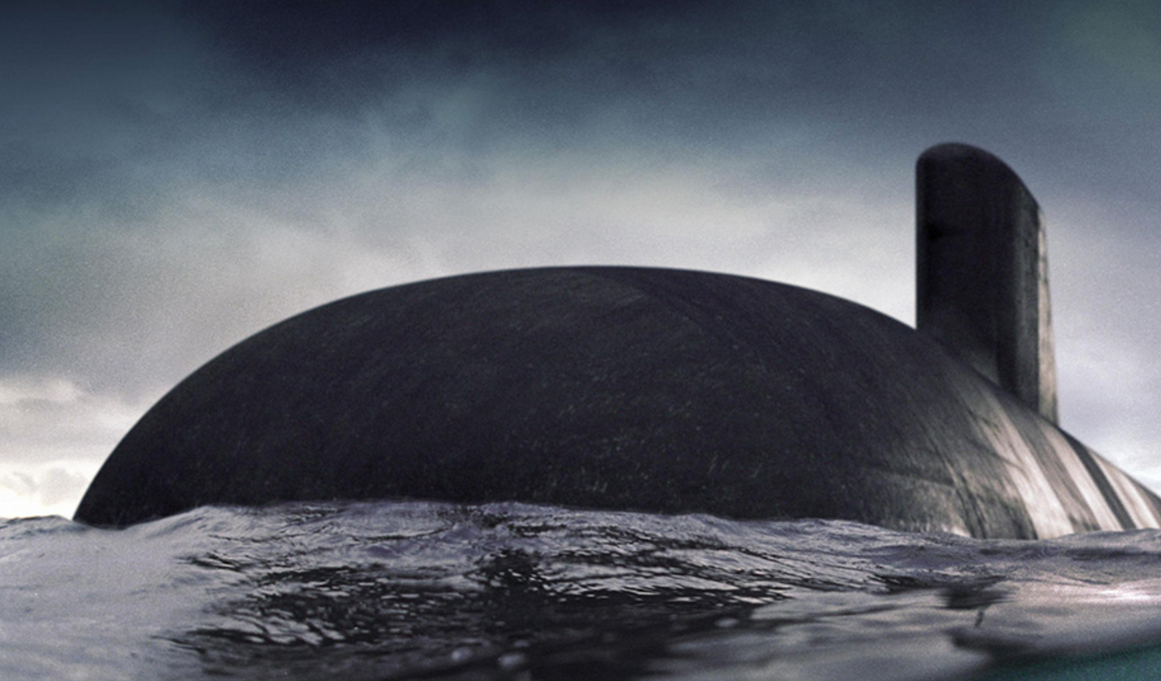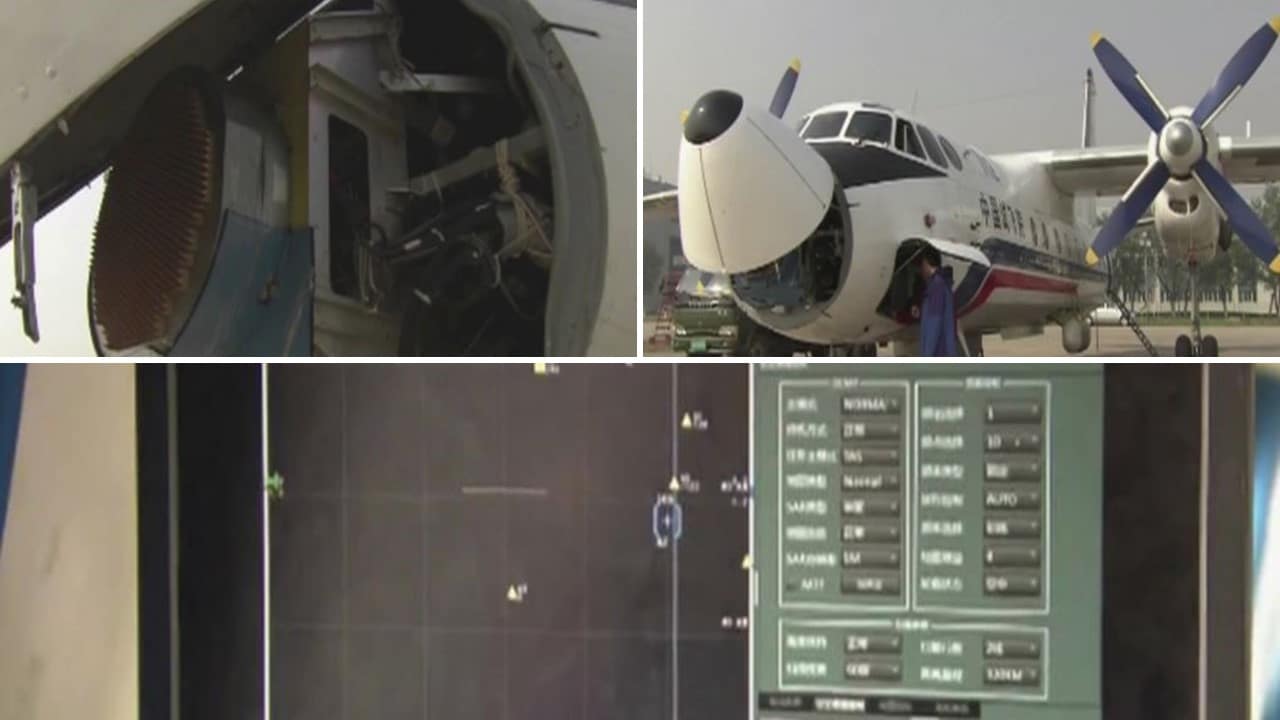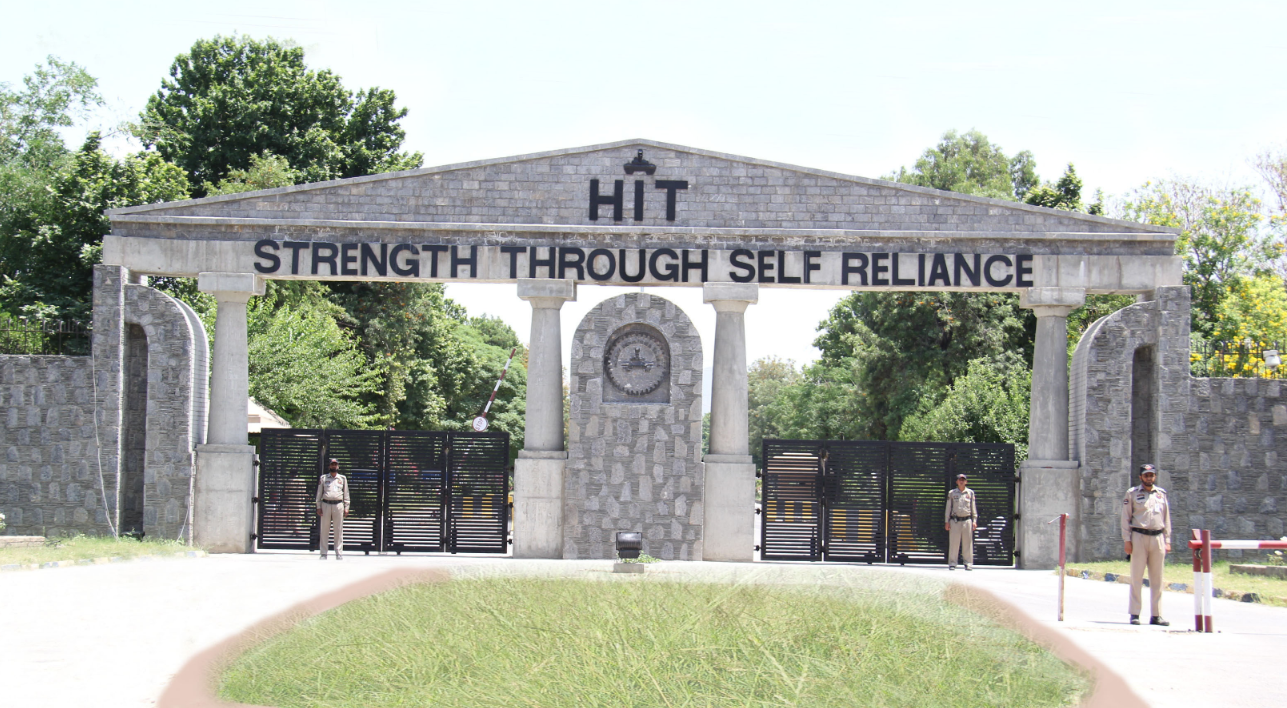2477Views 10Comments

French shipbuilder DCNS suffers major data leak
The French shipbuilder DCNS had suffered a massive data leak this week. First reported by The Australian, a 22,400-page document enclosing confidential information about the Scorpene-class submarine, which is in use by India, Malaysia, and Chile, found its way into unauthorized circles.
The leaked document outlined information on the detectability parameters of India’s Scorpenes; the noise levels of the submarines at various speeds; diving depths, range and endurance; propeller noise; and even the specifications of the torpedo launch system and combat management system.
The potential ramifications of this leak could be significant. Australia, which is a key U.S. ally in the Pacific Ocean, selected DCNS to design and develop its navy’s next-generation submarines. Although the Australian submarines will be derived from the Barracuda-class, a larger design (that is used as a nuclear-powered attack submarine in France), DCNS’s evident security problems will be a major issue of concern.
Cameron Stewart on The Australian discussed that the situation may prompt the U.S. to be reluctant to release its submarine combat management system. Lockheed Martin was among the competitors seeking to join the Australian submarine contract. The U.S. may not permit DCNS to access the technology, which would complicate the program for Australia, which would need to raise its integration capacity, or seek a non-U.S. vendor for the combat management system (as well as other subsystems).
For its part, DCNS is in damage control mode. At the time of The Australian’s report, DCNS suggested that that the leak did not occur from its end, but potentially India. In a statement, the company said:
Multiple and independent controls exist within DCNS to prevent unauthorised access to data and all data movements are encrypted and recorded. In the case of India, where a DCNS design is built by a local company, DCNS is the provider and not the controller of technical data.
In the case of Australia, and unlike India, DCNS is both the provider and in-country controller of technical data for the full chain of transmission and usage over the life of the submarines.
However, according to The Australian, the report was produced in 2011, and it may have taken from France by a retired French Navy officer.
Today, DCNS is arguing that the leak amounted to “economic warfare.” (Reuters). Noting that the industry has gotten more competitive, a DCNS spokesperson stated that “all means can be used” against the company and its interests.
Comment and Analysis
The leaked document will be valuable to a number of actors. First, DCNS’s competition will have a good idea of the company’s offering for most prospective customers, especially in the developing world. This could translate into tangible changes in German, Russian and Chinese submarine designs. Second, India’s rivals may find some value in knowing some of the classified specifications and performance parameters of India’s Scorpene submarines. That said, India’s submarines will use a domestically developed and produced air-independent propulsion (AIP) system, which will translate into a variance between the document and the Indian Navy’s ships.
At a broader level, DCNS’s principal challenge will be to restore the trust and confidence of its customers. This is an obvious statement, but the ramifications of this leak should not be underestimated. First, DCNS’s core prospective customer base, especially for short and medium-term, centers on NATO (and key U.S. allies in general). The company is competing for submarine contracts in Poland and Norway. It had also prequalified to compete for the Royal Canadian Navy’s surface warship tender. NATO powers operate under the ambit of wider strategic defence and security objectives, which in turn preclude defence vendors that pose even the slightest of possible risks. An interesting case could be found in the pressure exerted on Turkey to abandon its talks for the HQ-9 long-range surface-to-air missile (SAM) system from China.
The shipbuilding market in Western Europe is also flush with competition. From established builders such as ThyssenKrupp Marine Systems (TKMS) in Germany and Navantia in Spain to cost-competitive market entrants such as STM in Turkey, DCNS could face a serious uphill climb in restoring its market influence.
DCNS’s prospects outside of NATO may not be impacted as severely. The Middle East and North Africa (MENA) market is not privy to the same level sensitive technology as NATO. Some countries, such as Egypt, are cost-sensitive and depend on flexible financing arrangements in order to fund big-ticket acquisitions. However, there is little to stop newer entrants from Turkey, South Korea, and even India from competing against DCNS in these markets. Just recently DCNS lost out on a contract to upgrade the Pakistan Navy’s three Agosta 90B submarines (i.e. a submarine designed and built by DCNS) to STM Turkey.
More broadly, the risk of leaks from cyber crime and espionage could figure more prominently in American and Western European security circles over the coming months. With commercial offsets and technology transfers playing a major role in driving current and near-term arms acquisitions, especially from the West to the East, some will point to the security risks posed by such transactions. It will be interesting to see if these events translate into a longer list (produced by the U.S. and Western Europe) of blacklisted or risk-prone private as well as public-sector vendors (particularly in Asia).



10 Comments
by Muhammad Khurram Bhatti
Am I reading “Boeing”, “Dassault” etc. in the last paragraph ? ?
by GhalibKabir
Unfortunately timed, as usual a good job Bilal-ji, a number of pertinent points if this layman may add,
The Bad/Very Bad
1. PLAN and PN will know considerable details on the signatures, capabilities of the submarine and fine tune their own tracking capability while strengthening their SSK designs further esp. the S-20.
2. Follow on orders for the Scorpene are most likely torpoedoed along with serious questions on co-operation regarding Barracuda type SSN for the Indian SSN program. a few years delay atleast. –> this is where the hit is likely to be painful
3. Red tape and caution might delay even further acquisition of Type 214 owing to DCNS leak —> a disaster as after 2019 a new government wont be this quick
The Somewhat Good
1. For what it is worth India gets an idea about the 2 Agosta 90s in PN.
2. A significant portion of the damage could still be reversed (communication freq, items that are added at last minute etc.) besides as rightly pointed out PHFC based DRDO AIP means the actual signature of the scorpenes could yet be different from the design book
3. DCNS could be pressurized to make minor modifications to alter signatures etc to some extent (the SoBs should atleast oblige knowing else the Mistral deal will be off too)
Verdict: It seems to lean on the bad side for the IN.
Only sensible thing possible is outright fast tracked acquisition of German or Italian designed subs and investing in a dozen more Kamorta class ASW corvettes and dozens of S-70 helicopters and see if US help could be obtained in the SSN program to the extent possible.
by GhalibKabir
Unfortunately timed, as usual a good job Bilal-ji, a number of pertinent points if this layman may add,
The Bad/Very Bad
1. PLAN and PN will know considerable details on the signatures, capabilities of the submarine and fine tune their own tracking capability while strengthening their SSK designs further esp. the S-20.
2. Follow on orders for the Scorpene are most likely torpoedoed along with serious questions on co-operation regarding Barracuda type SSN for the Indian SSN program. a few years delay atleast. –> this is where the hit is likely to be painful
3. Red tape and caution might delay even further acquisition of Type 214 owing to DCNS leak —> a disaster as after 2019 a new government wont be this quick
The Somewhat Good
1. For what it is worth India gets an idea about the 2 Agosta 90s in PN.
2. A significant portion of the damage could still be reversed (communication freq, items that are added at last minute etc.) besides as rightly pointed out PHFC based DRDO AIP means the actual signature of the scorpenes could yet be different from the design book
3. DCNS could be pressurized to make minor modifications to alter signatures etc to some extent (the SoBs should atleast oblige knowing else the Mistral deal will be off too)
Verdict: It seems to lean on the bad side for the IN.
Only sensible thing possible is outright fast tracked acquisition of German or Italian designed subs and investing in a dozen more Kamorta class ASW corvettes and dozens of S-70 helicopters and see if US help could be obtained in the SSN program to the extent possible.
PS: Sorry if it is a double post. Had issues with posting earlier
by SP
It has become known that US has been monitoring chinese leading universities and research institutes where they work on cutting edge technologies. Much of what the US possess is stolen from other countries. Now some other countries are also getting in this act.
by MT
India would be easily able to sue DCNS..The contract for next 2submarines can be forgotten but any deal with france DCNS will involve france to share many TOT.
by bla bla
Parrikar has already down played it India will buy these obsolete submarines there is no other option for India Well down USA for leaking the documents
by MT
From no account, these submarines are obsolete. Its by far 2 decades ahead of chinese Kilo class copy cat technology- S20 or so called Yuan class.
Parrikar has done what any defense ministry is supposed to do. Let things calm down & evaluate the amount of damage by proper enquiry.
If the damage is serious then
1. India will sue french company given their naval officer leaked the document
2. india will negotiate more technology in return for the damage
3. India can easily get French AIP technology at cheaper price or seek french consultation in refining DRDO AIP tech
The parameters, stealth, frequencies and other stuffs can be modified in 3 submarines which are early stage of build–2 of them which are in final stage can also be altered
US didnt leak the documents. Documents were available on dark web network for 5 yrs. It was leaked by a rogue french DcNS engineering consultant
by MT
DCNS is lying about the leak happening from india.. They should be ready for multi bill$ suing from Indian govt
Why would India leak its top secret document.
As The Australian, the report claims that in 2011, documents may have taken from France by a retired French Navy officer.
by MT
Some people need to imagine their own story but the leak happened from DCNS side
by MT
From the documents seen by defence consultant, all they have to say is most of the docs are user manual & they cant help much. Most of these manuals are already given to countries who plan to buy them which includes most of asean countries including pakistan!
So atleast 10-15 countries have these manuals documentation. Pakistan Agosta is not very different from scorpene. Its 1-2 generation behind so most of the generic spec for scorpene,agosta are similar.
say for eg 10 Decibel noise(in AIP mode & 10-25 in non AIP) of Scorpene is not going to tell how china, Pak can detect such object. Agosta has decibel level of double digit which is in range of 50-100 DB.
Submarine can operate in different modes such as active,passive and semi active mode–10 decibel noise with passive sonar mode is too difficult to detect for any ASW asset from even from 5-10 Km far – such Submarine can be only detected if they plan to attack any other vessels in active sonar mod & then u also need mine of active sonars in your water to see them through
In littoral waters, Scorpene can virtually come and sleep near karachi shutting down its sonars & no pakistan assets including american p3 can detect 10 DB object lying at 50-100 meter.
P3 orion which uses, 1970-80 era mad boom technolgy uses mangnetic anomaly detector which can only detect submarine at surface of water